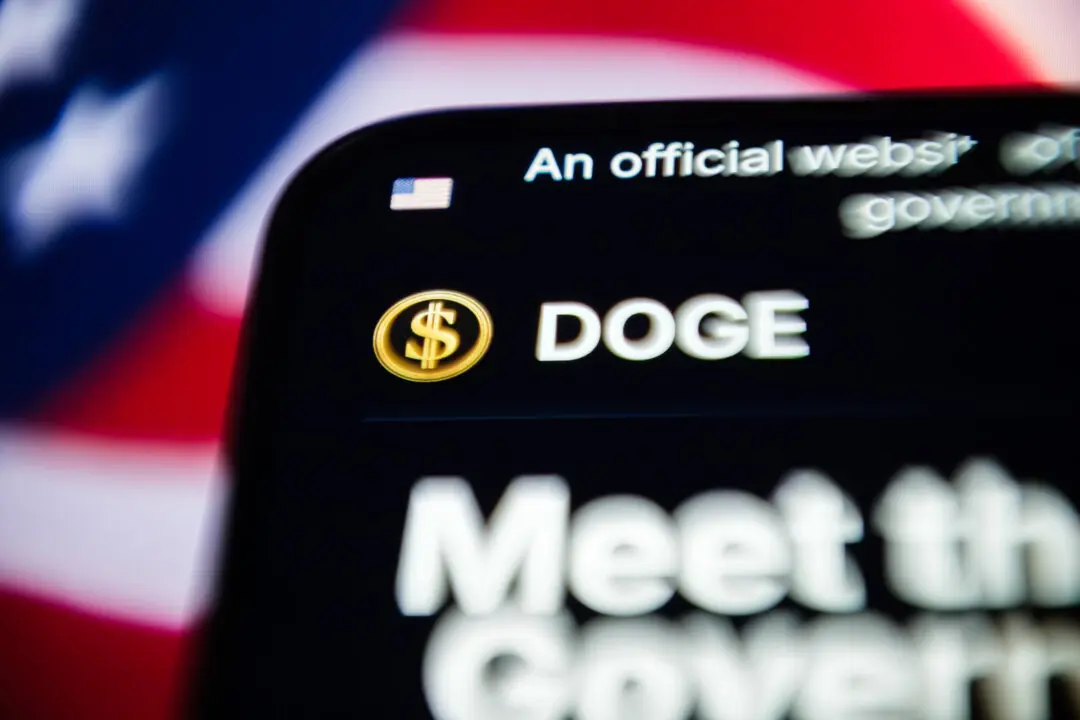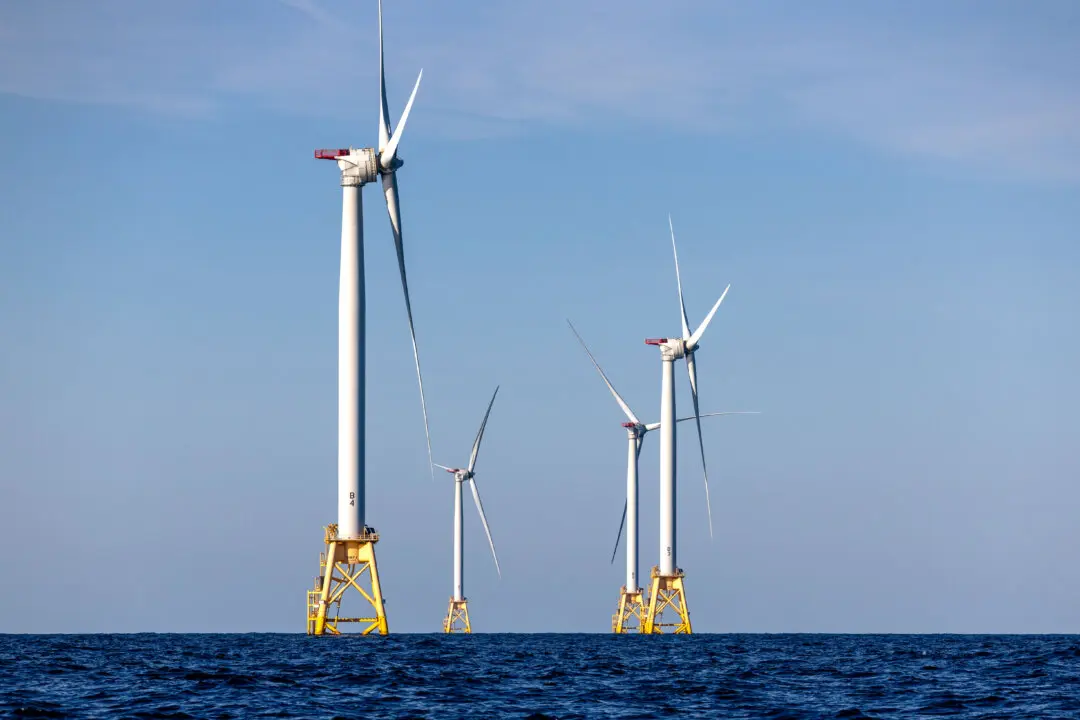The CCP virus outbreak has plunged the U.S. economy into its most severe quarterly contraction since the Great Recession, with the Commerce Department on April 29 announcing that first-quarter output fell by an annualized rate of 4.8 percent.
The department’s seasonally adjusted, annualized quarter-on-quarter gross domestic product (GDP) number, typically abbreviated as SAAR QoQ, is an advance estimate and subject to revision.





